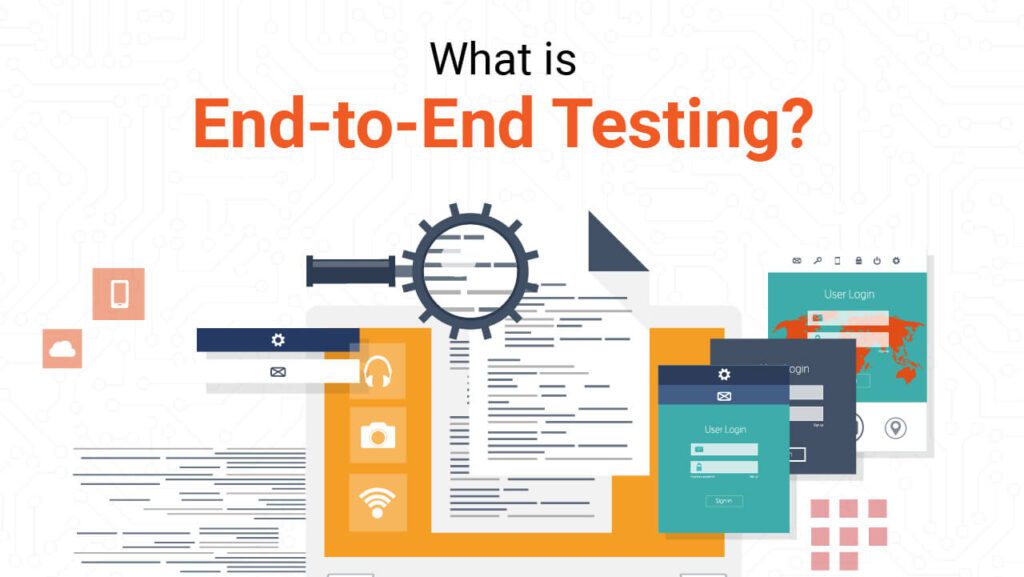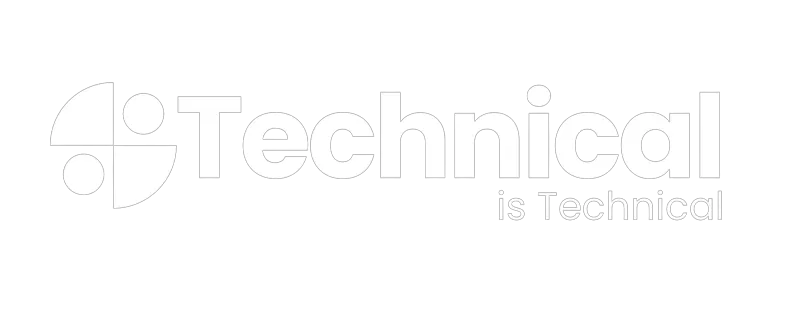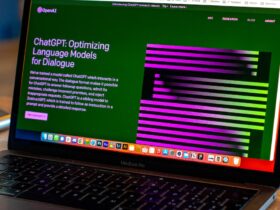With the increased demand for software applications, it is essential for a tester or developer to ensure that all the integrated features are working as expected. Also, the correct functioning of all the integrated components and dependencies must be determined. And for the same, end-to-end testing is done.
End-to-end testing, sometimes abbreviated as E2E testing, is the software testing technique used to verify and validate the overall workflow of a software application from start to end. Although end-to-end testing is essential and done frequently to test hundreds and thousands of components and dependencies. But, at the same time, it is time-consuming as well as requires more resources than other testing techniques.
Automation end-to-end testing is the best way to overcome these issues as it helps ensure that all the functions are working together and as expected without any human resources. It also looks into the optimization of resources so that the testing process can be cost-effective.
We know that software applications are developed with the integration of various features and interconnected subsystems. But it is also well known that damage to any one of the subsystems may lead to the crash of the entire system. Hence, automated end-to-end testing is important to overcome the risk of system failure.
What is end-to-end testing?


End-to-end testing, abbreviated as E2E testing, is a software testing technique that verifies and validates the efficiency and effectiveness of the entire software application at once from start to end. The main purpose of carrying out end-to-end testing is to ensure the overall workflow and performance of the software application after integrating all the features together.
End-to-end testing is essential because sometimes, at the user end, the malfunctioning of a particular feature may break down the entire software application. Which thereby is a barrier to smooth user experience. To overcome this issue testers and developers choose an external interface and check the behavior of the software application integrated into it. This guarantees the correctness of software applications in both the user environment as well as the developer’s environment.
End-to-end testing tests interconnected systems that involve complex test scripts and more resources. And therefore, it requires a lot of time, effort, and money. Performing automation end-to-end testing can save these as it requires less human interpretation and can carry out things faster as compared to manual testing.
Advantages of End-to-End Automation Testing
End-to-end automation testing offers a range of benefits:
- Enhanced Test Coverage: By assessing the complete workflow from start to finish, end-to-end testing expands the scope of testing. This method interconnects all subsystems, necessitating a substantial number of test cases.
- Assured Application Quality: End-to-end testing guarantees the quality of software applications. Given that a malfunction in one feature can disrupt the entire system, testers are compelled to create a software application that functions seamlessly even when numerous features are interconnected.
- Accelerated Time-to-Market: End-to-end automation testing accelerates testing processes in comparison to manual testing. Consequently, development time is reduced, facilitating quicker deployment of software applications to end-users.
- Reduced Costs: Automation in end-to-end testing diminishes overall software development expenses by minimizing the need for repetitive execution of test cases, thereby lowering maintenance costs. Moreover, the setup cost is curtailed as physical devices become unnecessary.
- Bug Detection: The prime objective of end-to-end automation testing is to ensure a smooth user experience. Achieving this goal involves scrutinizing all components of the software application simultaneously, leading to early-stage bug detection.
Getting Started with Automation End-to-end Testing
Here are the steps that need to be followed up for the testing of software applications.
Identify Test Scenarios
The initial phase of software testing involves pinpointing the functionalities to be tested and determining their priority. Test scenarios should be ranked based on the potential risk they pose to the software application. Functions that could potentially cause damage to the software should take precedence in testing.
Select a Testing Framework
With the test scenarios identified, developers and testers are aware of the software application’s requirements. Testers should then opt for a suitable testing framework aligned with these requirements. This choice enables efficient resource utilization, subsequently reducing overall testing costs.
You can leverage the true capability of end-to-end automation testing in a cloud-based platform like LambdaTest. It is an online cloud for test execution, offering the capability to run your Selenium, Cypress, Appium, and JavaScript test automation builds seamlessly on the web. This platform facilitates both real-time and automated testing across a vast array of over 3000 environments and genuine mobile devices, solidifying its position as a leading choice among cloud-based testing solutions.
By leveraging LambdaTest, you gain the ability to seamlessly execute your Playwright tests directly within a robust hardware infrastructure. This environment possesses the inherent ability to effortlessly scale according to your needs. With support spanning more than 50 browsers and operating systems, LambdaTest empowers you to thoroughly assess the compatibility of your projects.
Moreover, LambdaTest extends its functionality to encompass Native Android app testing on the cloud. This includes the employment of Espresso in conjunction with authentic online access to devices from a variety of brands, such as Samsung, OnePlus, Oppo, Xiaomi, and others.
Establish the Testing Environment
The subsequent step involves setting up the testing environment. This encompasses installing and configuring all necessary prerequisites for testing the software application. Integration of the framework with the application is also undertaken to ensure seamless testing.
Develop Test Scripts
This is where the actual testing process commences. Test cases are conceptualized and scripted based on the Software Requirement Specification. These scripts are meticulously crafted to interact with the entire software application, thoroughly assessing its features and functions to uphold software quality. The scripting language employed can vary.
Manage Data
Data management stands as a pivotal phase in software testing. Using authentic data for testing might compromise privacy, necessitating data management strategies. This involves generating simulated data mimicking actual data, alongside establishing a dedicated database to store data indispensable for testing the software application.
Execute Test Cases
Following the creation of test case scripts and the effective management of testing data, the execution of test cases takes place. This step guarantees that the software application’s functionality is devoid of bugs and won’t negatively impact the host device. While executing test cases can be time-intensive and demanding, automating end-to-end testing streamlines the process for effortless execution.
Report The Result
The next step is to analyze the executed test cases and then identify whether the test cases have passed or failed. In other words, we can say it is a detailed analysis of test cases and their outcome. During this phase, the test execution results are meticulously reviewed to determine the success or failure of each individual test case.
Best Practices For Automation End-to-end Testing
End-to-end testing is a time-consuming task, along with the need for effort and resources. But these can be overcome by the use of best practices given below:
- Test From The Perspective Of An End User: It is best suggested to test a software application from the perspective of the end-user. This will let developers and testers focus more on the features rather than the functionality and thus provide a quality software application.
- Limit Scenarios Involving Exception Testing: The statement “limiting scenarios involving expectation test” means for execution of end-to-end testing testers must design test scripts for only those functions that are interconnected and not for all the features. The exception features can be tested using other testing techniques.
- Risk Analysis: It is best to test those features using the end-to-end testing technique that involves a higher risk of system clash when it fails. This will ensure the user receives a quality software application that will not damage the device to which it is installed.
- Maintain An Order: This simply means that the execution of less complex test case scripts at the early stage of software testing will reduce the failure rate of the software application. Also. it is suggested to execute complex test cases using end-to-end testing at the final stage of software testing.
- Manage The Environment: Management of the environment simply means setting up the environment before starting the testing procedure and maintaining it during the testing procedure with respect to the requirements of the software application.
Conclusion
End-to-end testing plays an important role in the software testing process due to its ability to interact with the user and thus provide the testing environment that replicates the end-user environment. Also, it validates and verifies that all the functions are working effectively and efficiently.
End-to-end testing requires a lot of effort, time, and resources when done manually but these can be reduced by the use of automation testing. But still, automation testing cannot reduce the cost to a great extent and therefore it is suggested to execute complex test cases using an end-to-end testing technique and all others using low-level testing techniques such as unit testing.






























